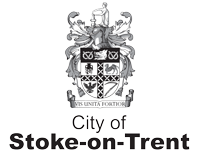Summary of needs and disabilities
Cerebral palsy
Cerebral palsy is a physical condition that affects movement, posture and co-ordination. It is usually diagnosed at birth or in early childhood.
Cerebral palsy and Special Educational Needs (SEN)
Each individual with cerebral palsy will be affected differently and it can vary from mild to severe. Some children with cerebral palsy might have Special Educational Needs.
The causes of cerebral palsy
Cerebral palsy is usually caused by an injury to the brain before, during, or shortly after birth, such as a lack of oxygen or illness.
How does cerebral palsy affect someone?
For some children, cerebral palsy will affect them physically, making muscle movements more difficult. Others may also be affected by seizures, epilepsy or difficulties with speech and language.
Getting support in school
If your child is in school, speak to the Special Educational Needs Co-ordinator. If your child hasn’t started school yet, speak to your Health Visitor. A Paediatrician can make the Local Authority aware that a child may have additional needs so that any provision can be made as soon as possible. Your Paediatrician can also refer to a Physiotherapist, an Occupational Therapist and/ or a Speech and Language Therapist if required. In mainstream schools, advice is available from the Local Authority’s Inclusion Service on how to make reasonable adjustments, for example, on seating and positioning in class.
